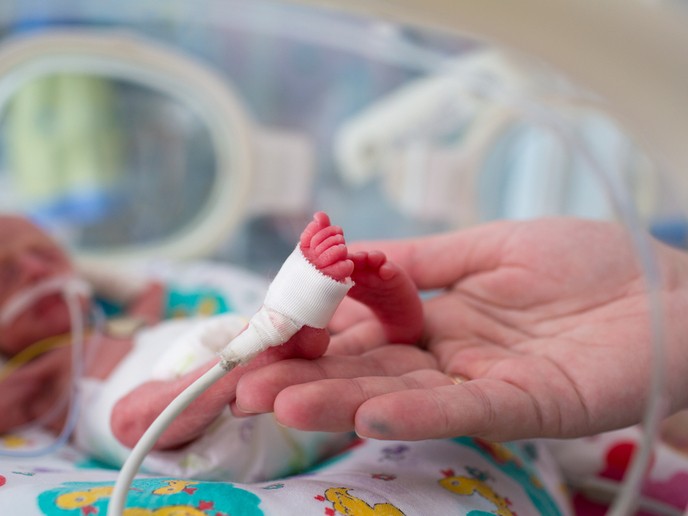Brave new world? Artificial womb prototype offering hope for premature babies
When researchers in the United States demonstrated in 2017 that an artificial womb could keep alive a preterm lamb, many argued this was a step towards a future portrayed in Aldous Huxley’s novel ‘Brave New World’. But efforts aimed at developing a system designed to eventually help extremely premature human babies aren’t simply a move reminiscent of dystopian sci-fi. If successful, an artificial womb could be a game changer, and such research has been given a boost with the recent launch of the EU-funded PLS project. Run by an interdisciplinary group from academia and industry, the PLS project aims to increase the survival rate for extremely preterm babies outside the body. Preterm babies are defined as those born alive before 37 weeks of pregnancy are completed. Extremely preterm ones are infants born before the completion of 28 weeks. According to a World Health Organization (WHO) fact sheet, an estimated 15 million, or 1 in 10 babies, are born prematurely every year.
Chances of survival
A WHO report notes that only half of the babies born at 24 weeks (4 months early) survive in high-income countries. The ones who survive often suffer from lifelong chronic disorders such as neurological and metabolic problems, respiratory complications, and visual or hearing impairment. The team behind PLS hopes to change that. In a news release by project coordinator Eindhoven University of Technology (TU/e), Prof. Guid Oei says: “Our goal with the artificial womb is to help extremely premature babies get through the critical period of 24 to 28 weeks.” He adds: “With each day a fetus of 24 weeks continues to develop in an artificial womb, the chances of survival will increase. If we are able to prolong the fetal development of these children in the artificial womb to 28 weeks, we will have reduced the most serious risk of premature mortality to 15%.” Unlike current incubators, the baby in the artificial womb would be surrounded by fluids and receive oxygen and nutrients through an umbilical cord using an artificial placenta. Various technologies will be used to develop the artificial womb, as noted by Prof. Frans van de Vosse from TU/e. Quoted in the same news release, he says: “The system that makes this possible constantly monitors the baby’s condition. Think of heart rate and oxygen supply, but also of brain and muscle activity.” A group involved with the project “is developing a fetal practice doll that can accurately simulate extremely premature babies in an intensive care ward,” according to the news release. “This makes it possible to evaluate the artificial womb in a realistic test setting before it is used in clinics.” The PLS (Perinatal Life Support System: Integration of Enabling Technologies for Clinical Translation) project began in October 2019. “During the next five years, we will conduct further research and test these technologies in a European collaboration, and continue to develop them until we manage to realize a first prototype of an artificial womb,” says Prof. Oei. For more information, please see: PLS project
Countries
Netherlands



